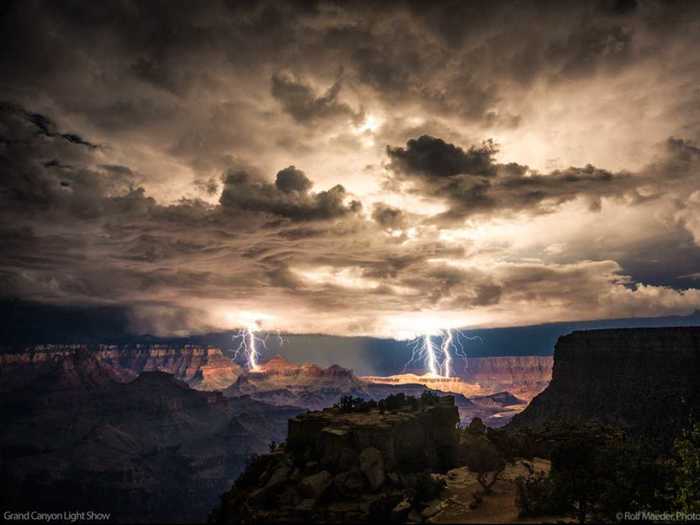The Most Incredible Science Animations Of 2013
First place in the photography category is a close-up shot of the whirlpool generated by tiny cilia, hairlike organelles, on a coral's surface.

This photo created with polarized light microscopy reveals the micro-structure of the Japanese plant Fuzzy Deutzia.
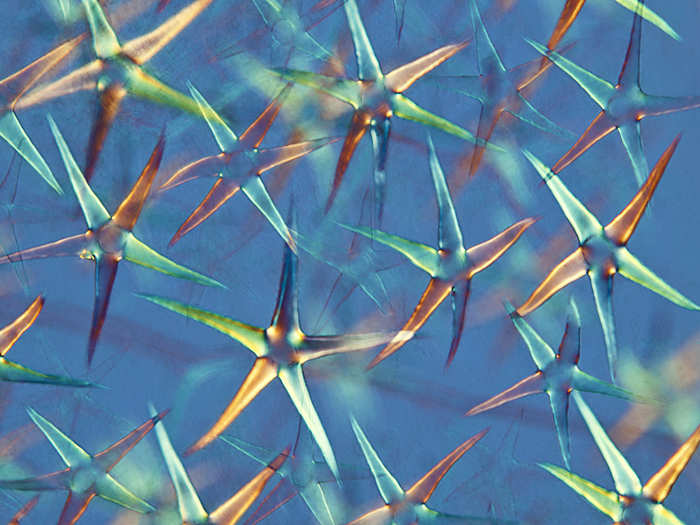
This image showing the micro-structure of polymers was created by mounting a camera on a microscope. It won the people's choice award for photography.
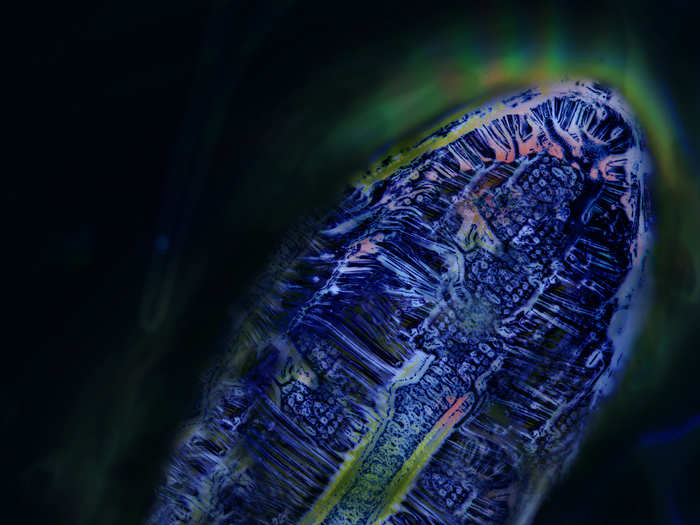
This image won first place in the illustration category and shows the similarity between the structure of neurons in the brain's cerebral cortex and a forest.
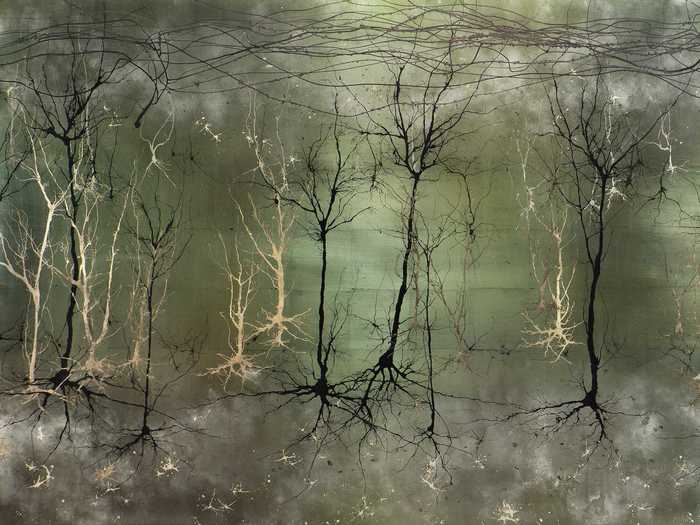
This printed image is the result of an analysis of stolen Internet passwords. You can see how many people choose identical and predictable passwords.

This illustration uses biofilm imaging to show the growth of bacteria on the human hand at 400 times their normal resolution.
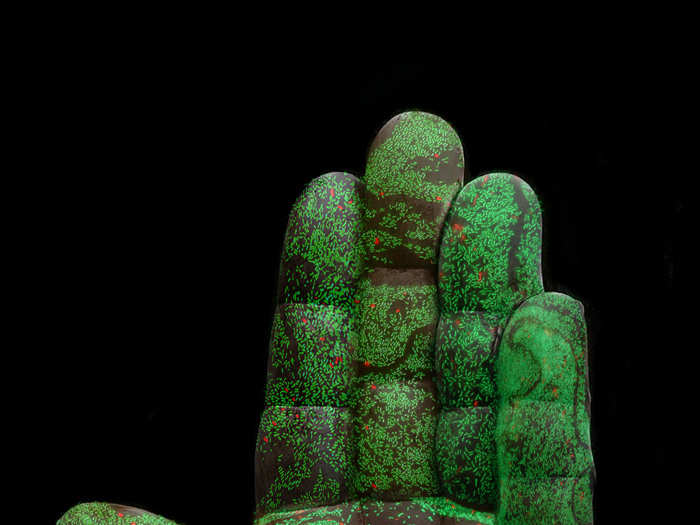
Clothing that can store power could one day be developed for medical, military, or sportswear industries. This "wearable power" design won first place for the informational posters and graphics category.
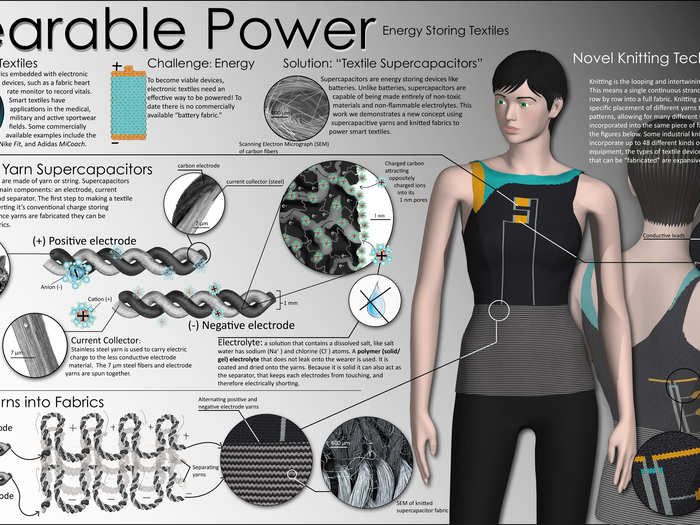
This graphic uses physics and mathematical modeling to illustrate what happens when soap bubbles form and pop.
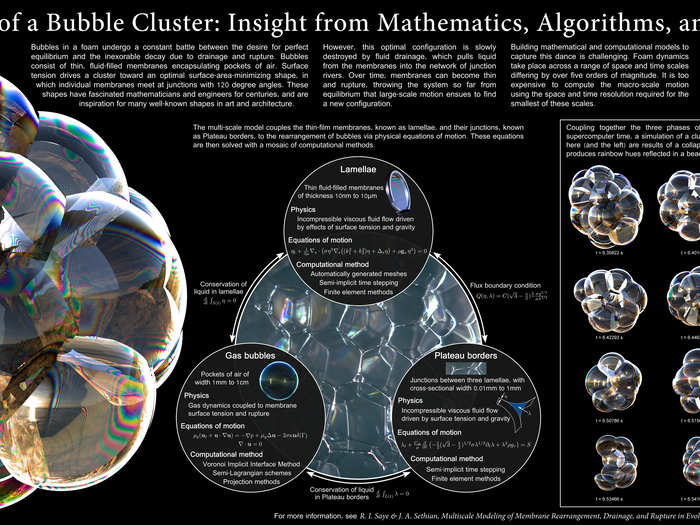
This poster explains what happens to sea turtles when they are cold-stunned, or exposed to cold water for too long.
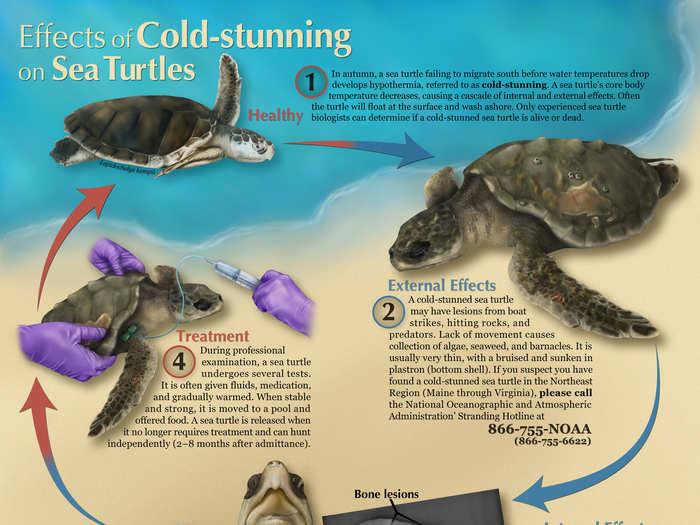
"Eyewire" won first place in the games and apps category. It's a "citizen neuroscience" game that allows the player to explore the brain and even map the structure of brain cells.
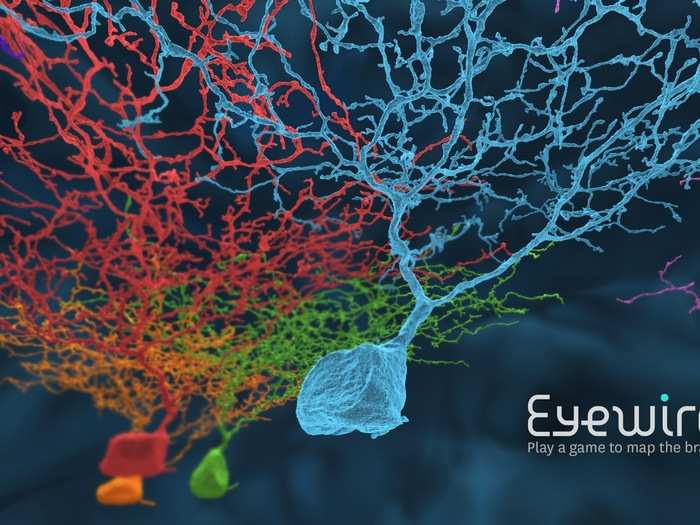
Earth Viewer is an interactive app that allows the user to see how the Earth has changed over time. The 3D model shows changes in atmospheric conditions, global temperature, and continental shifts.
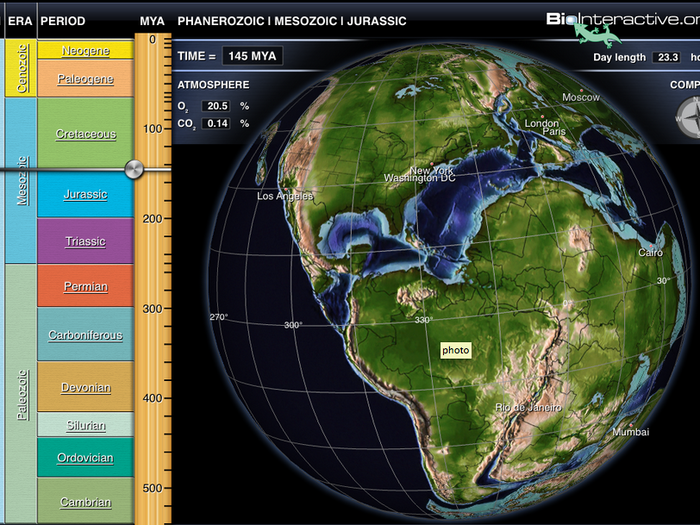
The educational game "Deep-sea Extreme Environment Pilot" allows the player to explore hydrothermal vents and learn about the deep-sea creatures of the world's oceans.
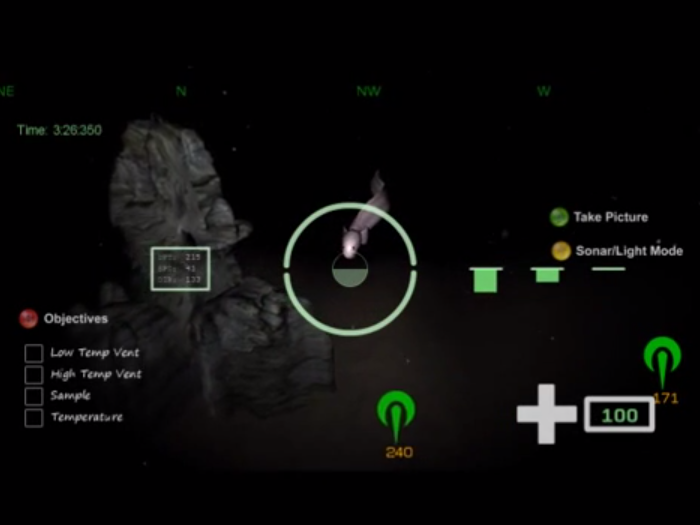
The object of this game, called Meta!Blast: The Leaf, is for the player to navigate their way through a leaf cell. It's used to supplement classroom instruction.
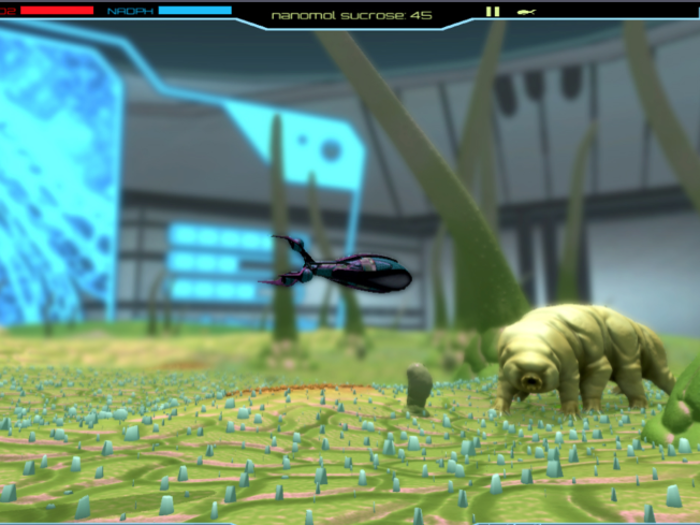
The narrated movie "Dynamic Earth" won first place in the video category. It explains how magnetic energy from the sun and Earth interact to drive the ocean currents and winds on Earth.

This series called "StemCellShorts" pares down the complex field of stem cell research into short, accessible videos.

The video "Immunology of the Gut Mucosa" walks the viewer through how the gastrointestinal system responds to bacteria, and how it prevents food-borne illnesses from manifesting.

The video "Visualizing Leaf Cells from Within" shows the outer cells of a thale cress leaf and explains how 3D imaging of food sources could be used to prevent food shortages.

The video "Spherical Nucleic Acids" takes an in-depth look at these structures and explains why they could be used as a potential treatment for genetic diseases.

Popular Right Now
Advertisement
